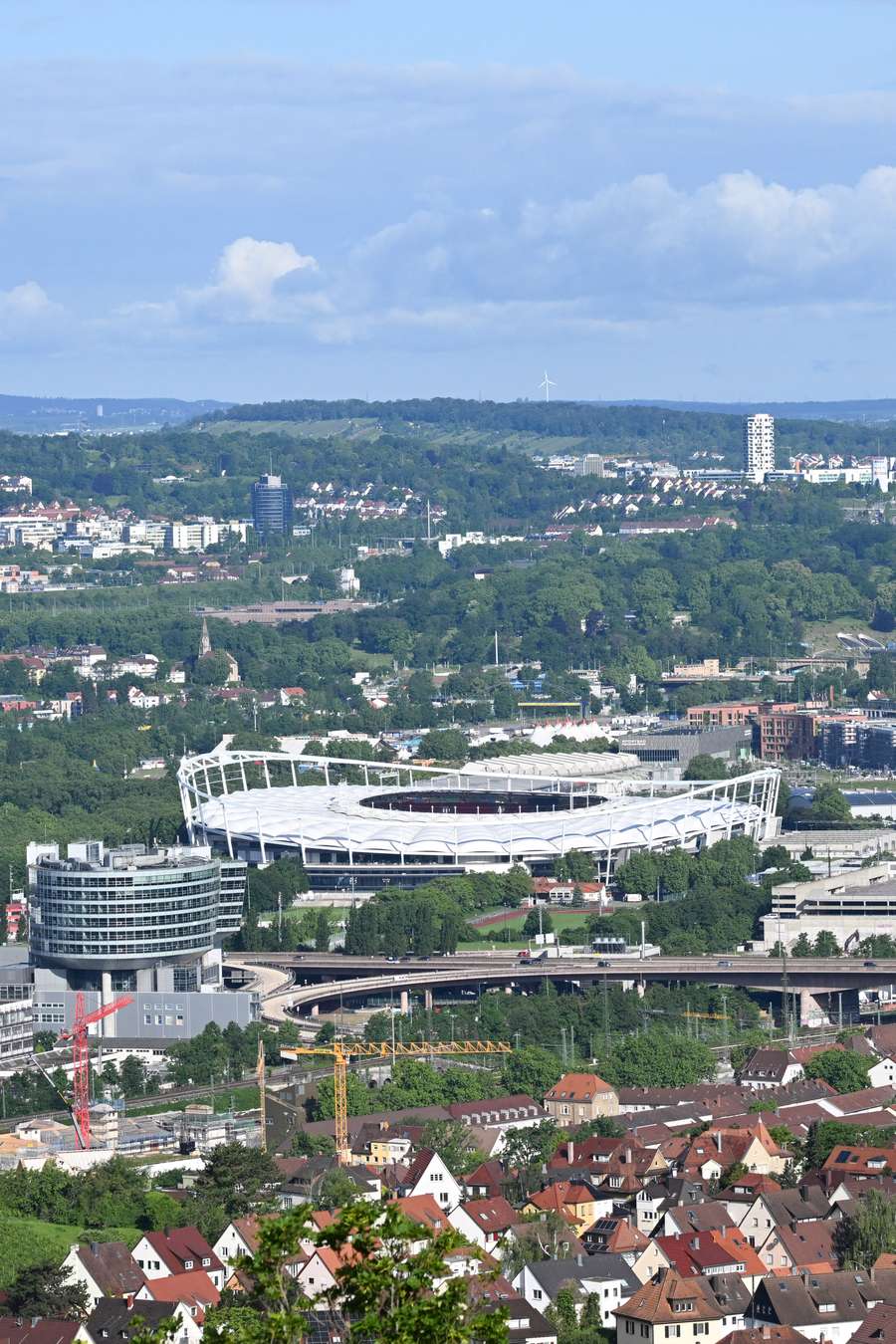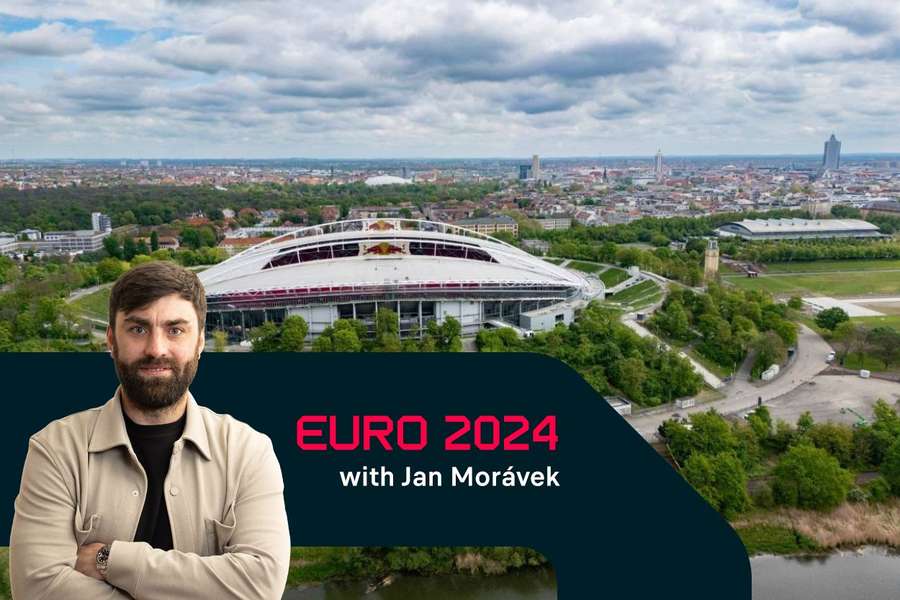Before we start describing the stadiums where the European Championship will be played, let's have a short introduction.
I find it interesting that half of the 10 stadiums are, or will be from the summer, in the second tier.
The stadiums for the championship will change their names and their capacities will be adjusted compared to the Bundesliga.
The average attendance at the last European Championship was 21,554 spectators per game. Considering that the smallest stadium at this year's Euros has a capacity of 42,000, it is obvious that the average should rise. I'm glad that the old format of playing the tournament in one country is back and the championship is not spread all over Europe.
In Germany, it is standard practice to stand in the cauldron behind the goal where there are no seats. Of course, that is not possible at the Euros and there will be seats installed specifically for the tournament.
The stands in Dortmund can accommodate up to 25,000 standing people, but that will not be possible during the championship. The capacity at the stadium will change from 81,365 to 61,524, which is certainly not a small number...
This will also happen to the stadiums in Düsseldorf (minus 10,000 seats), Frankfurt (10,000), Gelsenkirchen (13,000), and Stuttgart (10,000). The smallest capacity is in Leipzig, which will be 42,000 after the reduction, and even that is certainly not small.
If I had to pick one stadium to play at again, I'd have to say Signal Iduna Park in Dortmund. I think it has a huge charm for any footballer who plays there... It looks gigantic. Even when you arrive, you're amazed. And as far as the atmosphere is concerned, it's not just unique in Germany, but worldwide.
And if I had the chance to change stadiums, I would take Borussia Monchengladbach instead of Leipzig. I think it only lost out on hosting the Euros because of its location, otherwise it's a clear candidate for me. But this is how the organisers have ensured that the stadiums will be spread all over Germany.
Berlin
Capacity: 70,033 (normal: 74,475)
Who plays here: Hertha Berlin
Euro matches: Three in the group stage, three in the knockout stages including the final
A stadium that for me personally has always been associated with games against Hertha Berlin. We often played against each other.
The stadium was built for the 1936 Olympics. The highlight of the stadium was the 2006 World Cup final, when France and Italy played there. Everyone in Germany associates it with the fact that the cup final is played there, so when someone advances to the final, there are shouts of "We're going to Berlin".
I've always been fascinated by the escalators that are in the stadium. As a player, you can choose to go down the stairs from the booth or just go down the escalator, which you have to tread very carefully on in boots. The downside is the athletics track. In stadiums like that, the acoustics are worse and so is the atmosphere.
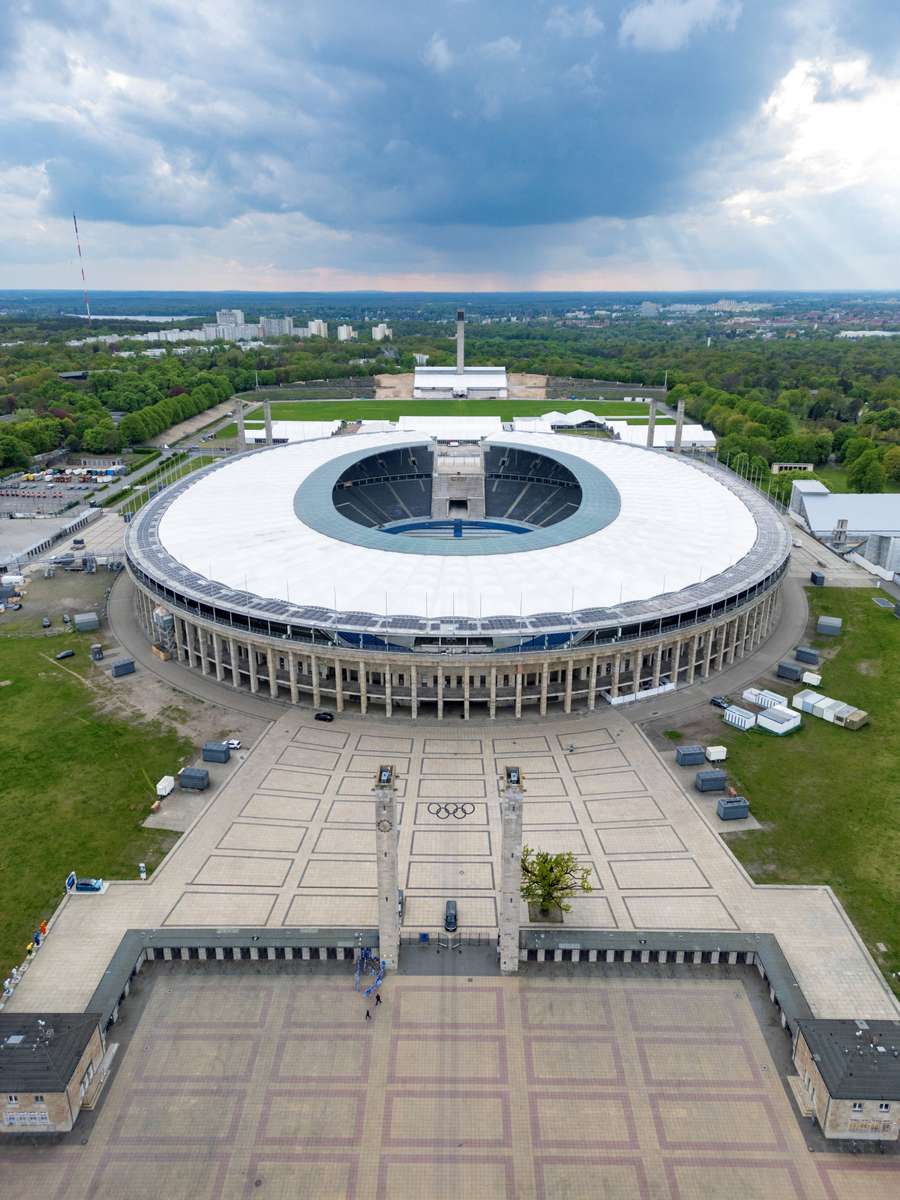
Munich
Capacity: 66,026 (normal: 75,024)
Who plays here: Bayern Munich
Euro matches: Four in the group stage, two in the knockouts
It is perhaps the most famous of all German stadiums. Probably most know that it's lit up in the dark and nice to see from the motorway when driving past Munich.
Architecturally it's an interesting building, a modern arena. But for us players, it's always been about running without the ball. I have the experience of one of my Bundesliga goals there, which was set up by a huge mistake by Anatoly Tymoshchuk. I reduced it to 2-1 then, but we still lost 6-1.
I remember that almost immediately after my goal the coach replaced me. It's still a part of me to this day. I played quite a few games there and won about four points. The atmosphere in the stadium used to be weaker than in the north. They often say it's like a theatre. People come in, see five goals, applaud and leave.
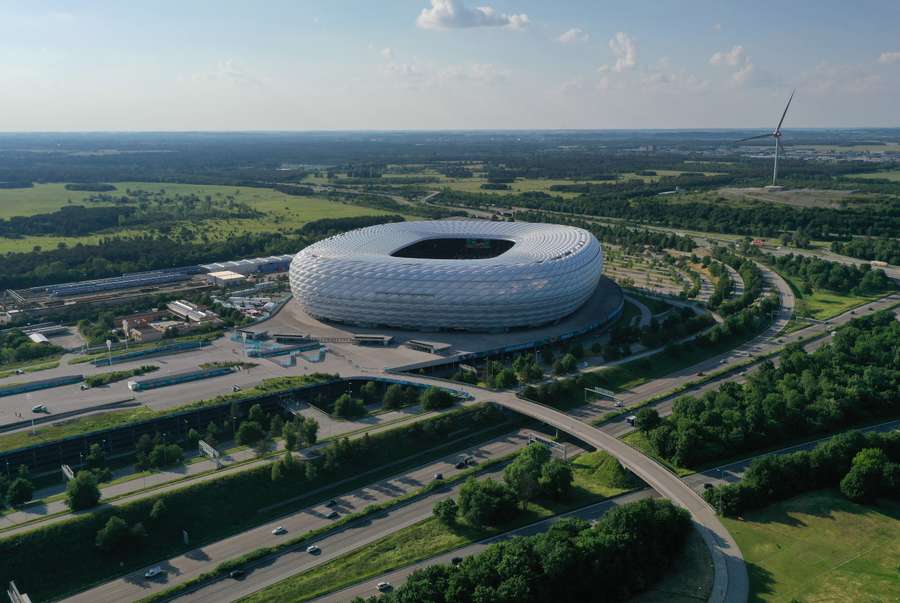
Dortmund
Capacity: 61,524 (normal: 81,365)
Who plays here: Borussia Dortmund
Euro matches: Four in the group stage, two in the knockouts
It was built in 1974 and I've already talked about the famous Yellow Wall, but I have one great memory of it.
During a game, after we turned away a corner, I was pressing Marcel Schmelzer, who was playing with a mask. I don't know if he had bad peripheral vision, but I managed to pinch the ball and ran alone at the goalkeeper just in front of the stand. It took a few seconds, but it was as if one suddenly became more aware of everything.
The whole stadium was whistling at me and it was not a pleasant feeling at all. I made a move on the goalkeeper and put it into the empty net, but at the last moment, Kevin Grosskreutz kicked the ball away.
So while it is often said that a player on the pitch doesn't notice the surroundings and the atmosphere, my legs got really heavy at Dortmund. Interestingly, for how huge the stadium is, the changing rooms for the players, especially for the visiting team, are small.
But the fans who will form a cauldron in Dortmund's famous stand during the Euros have a lot to look forward to. It will be a huge advantage for their teams.
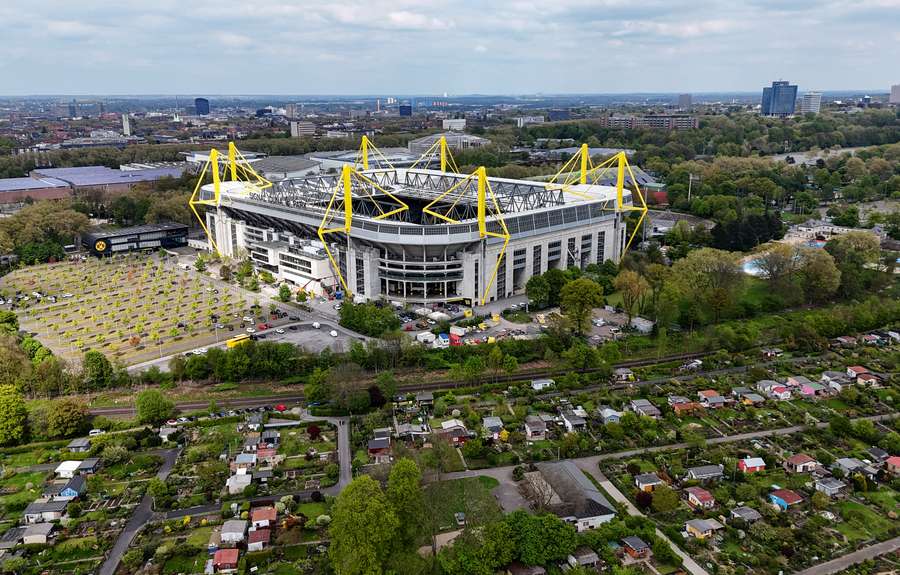
Gelsenkirchen
Capacity: 49,471 (normal: 62,271)
Who plays here: Schalke 04
Euro games: Three in the group stage, one in the knockouts
This is the place where I scored my first Bundesliga goal and it is another architectural masterpiece. It's perceived that way in Germany too. It's got a retractable roof, relocatable stands and retractable turf.
It's also the reason why concerts are held there, biathlon races are held there, and in 2010 it hosted the third most attended hockey match in history, between Germany and the USA, with over 77,000 people attending.
As Schalke players, we were able to order any tickets we wanted for the concerts, which was great. There's a big cube above the pitch where there are four screens. As a player, I found myself looking at it a few times and thinking to myself that the time is not running out at all.

Hamburg
Capacity: 50,215 (normal: 57,000)
Who plays here: Hamburg
Matches at the Euros: Four in the group stage, one in the knockouts
It was built in 1953 and between 1998 and 2000 was converted strictly for football. The renovation for this year's Euros cost around €30 million, which is certainly not a small amount. The Germans simply want to offer the fans the highest comfort.
Together with Frankfurt and Stuttgart, it has been part of every World Cup or European Championship on German soil.
The stadium has long been associated with a clock that showed how long HSV have been in the Bundesliga. That is, until 2018, when Hamburg were relegated and the clock stopped. At 54 years, 263 days, 0 hours and 15 minutes. I wish Hamburg could get promoted, because having such a nice stadium and playing in the second league is a big shame - similar to Schalke's case.
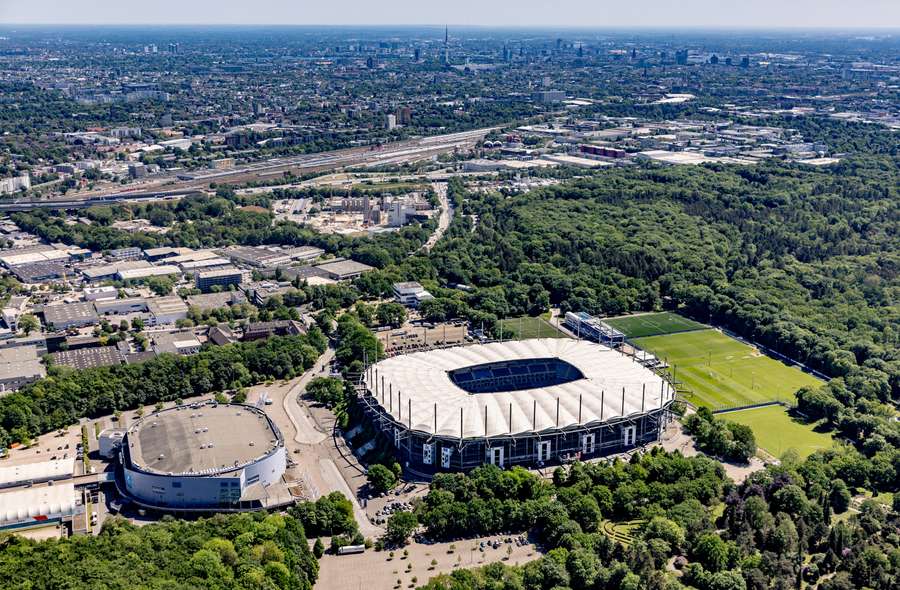
Frankfurt
Capacity: 48,057 (normal: 58,000)
Who plays here: Eintracht Frankfurt
Euro games: Four in the group stage, one in the knockouts
Along with Dortmund, this has the best atmosphere in the Bundesliga. It was always a treat to play there because the fans were great. It's no coincidence that hosts Germany will be there in one game during the Euros.
Football was played on the site of today's stadium as early as 1925. In 1963, the current arena was built. The last modifications were carried out before the 2006 World Cup.
Like Schalke, they have a giant cube above the pitch that weighs 30 tonnes. Two NFL games were played there in November and there were requests for tickets in the millions. In the autumn, the Czech organisation Oktagon is planning a tournament there. The stadium has 74 boxes, which is impressive.
It was the model for buildings in Bucharest and Warsaw. I deliberately looked to see if it matches and the stadiums are really similar.
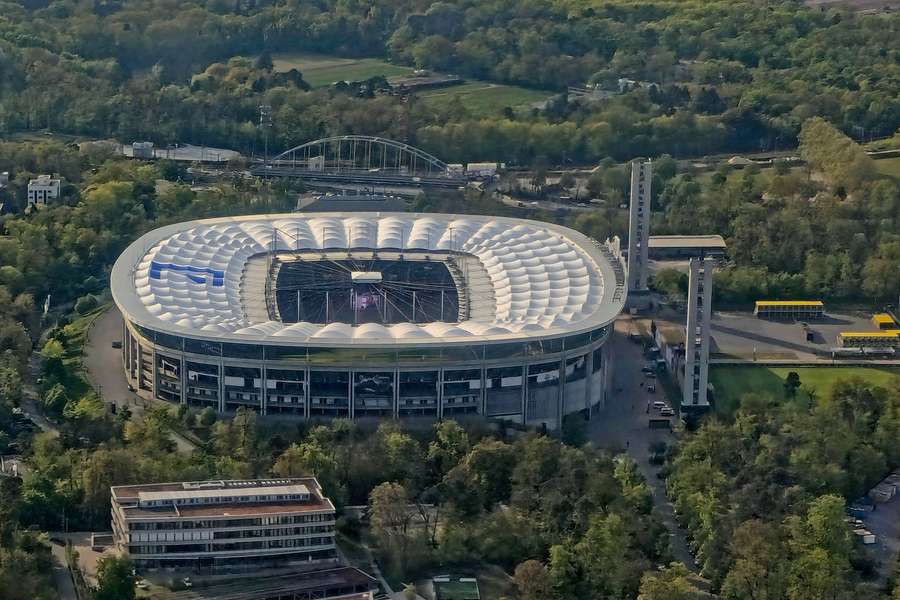
Leipzig
Capacity: 42,600 (normal: 47,069)
Who plays here: RB Leipzig
Matches at the Euros: 3 in the group stage, one in the knockouts
I'll admit, this wasn't my favourite stadium in the Bundesliga. I don't really like it. I've never liked playing there.
Moreover, we have probably never been successful there, winning only once in the first round of the cup in August 2013. Leipzig was in the third division then and they had names like Joshua Kimmich, Yousouf Poulsen or Niklas Hoheneder, known to casual fans.
The stadium was built for the 2006 World Cup on the site of the original stadium, which holds the record for attendance at a football match on German soil - 100,000 spectators came to see Lokomotiv Leipzig and Rottenheim Leipzig in September 1956. Back then, I guess, it was the third or fourth-highest competition. The stands in the current stadium are quite steep and do not lead directly to the pitch.
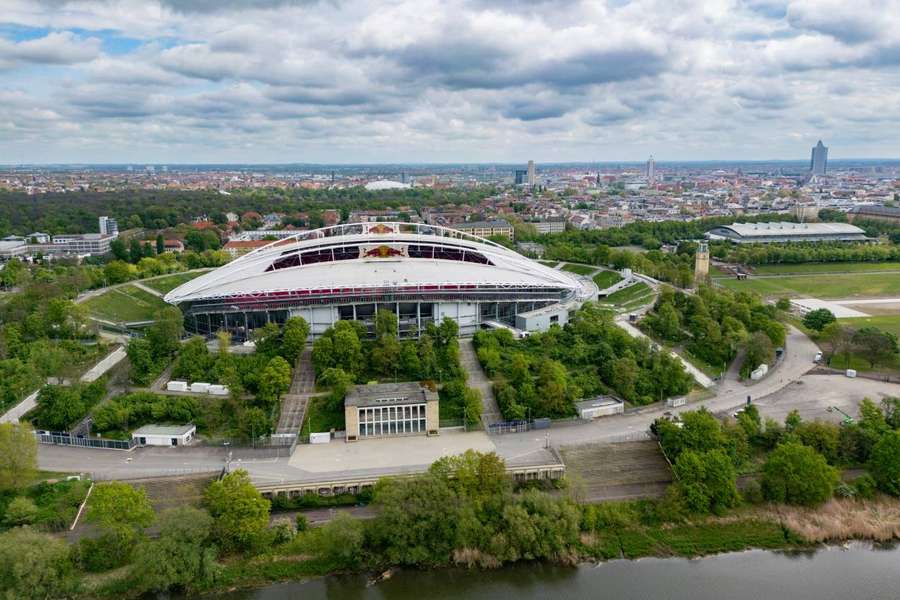
Cologne
Capacity: 46,922 (normal: 50,000)
Who plays here: Koln
Euro matches: Four in the group stage, one in the knockouts
This is a nice stadium. The big symbol is the columns in the corners, which can be lit up, and during Christmas they light up gradually like on an Advent wreath. There are also often outdoor hockey matches played there. In 2020, the Europa League final was played there and it is one of the stadiums that was newly built for the 2006 championship.
The people there can create a very good atmosphere, which makes it all the more unfortunate that it also falls into the second league. Fans may associate it with the legendary Hennes the Goat, who was present at every game. Since 2021, his successor has been in his place as Hennes VIII had to be put to sleep.
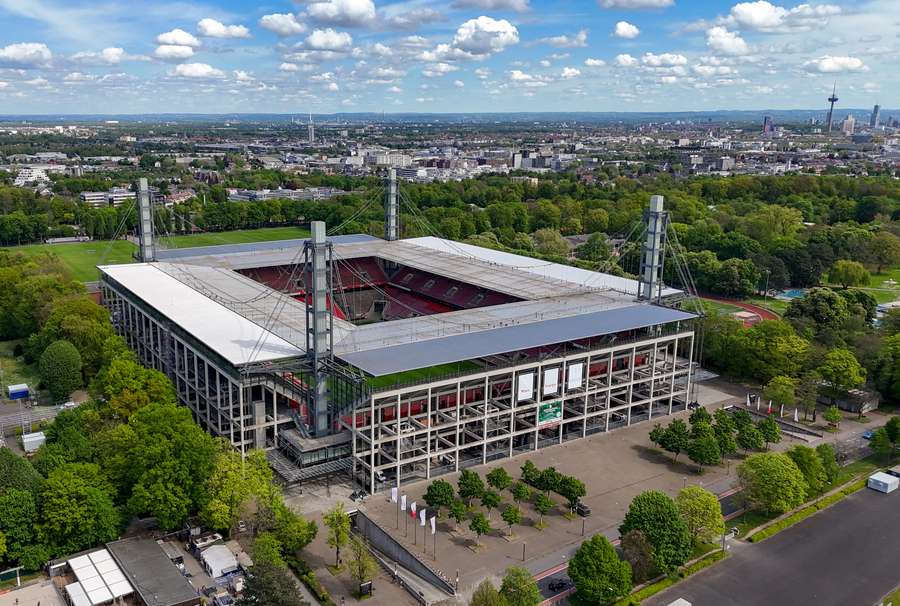
Dusseldorf
Capacity: 46,264 (normal: 54,600)
Who plays here: Fortuna Dusseldorf
Matches at the Euros: Three in the group stage, two in the knockouts
Another second-tier stadium that has top league parameters. It is a multifunctional arena with a retractable roof with festivals, concerts and various sporting events held there.
This year, the second European Championship will be held there. In January, the opening handball match was played there, setting a new handball spectator record with 53,586 people. A special feature is the colourful seats, which are meant to give the impression that even though the stadium is empty, it is supposed to be occupied.
I have only played there in the 2012/13 season when Dusseldorf were in the Bundesliga, coincidentally a season when we had only nine points after the autumn and still saved ourselves. To this day, Augsburg is the only team to have done so. The Dusseldorf game was the first game of the spring and we won it 3-2, thus bouncing to safety. A goal from a rebound off the back of my teammate Molders helped us to do that.
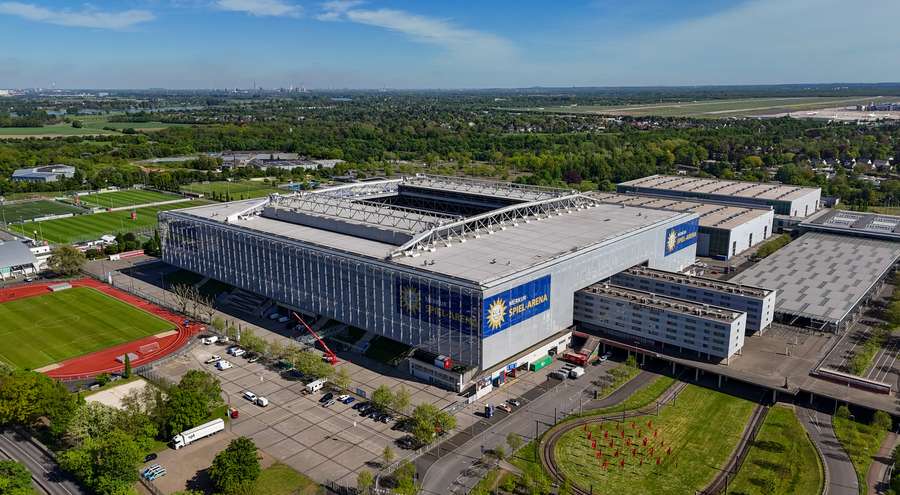
Stuttgart
Capacity: 50,998 (normal: 60,449)
Who plays here: Stuttgart
Euro games: Four in the group stage, one in the knockouts
This was the model for the Olympic Stadium in Berlin. The only difference I see is that it was converted purely into a football stadium in 2011. Before that, they had athletics tournaments there, so they had an athletics track.
Today it is gone, but the distance between the field and the stands remains. When you walked there from the changing rooms, you had to go through a long tunnel, past the dugouts, and it took some time to get to the pitch.
